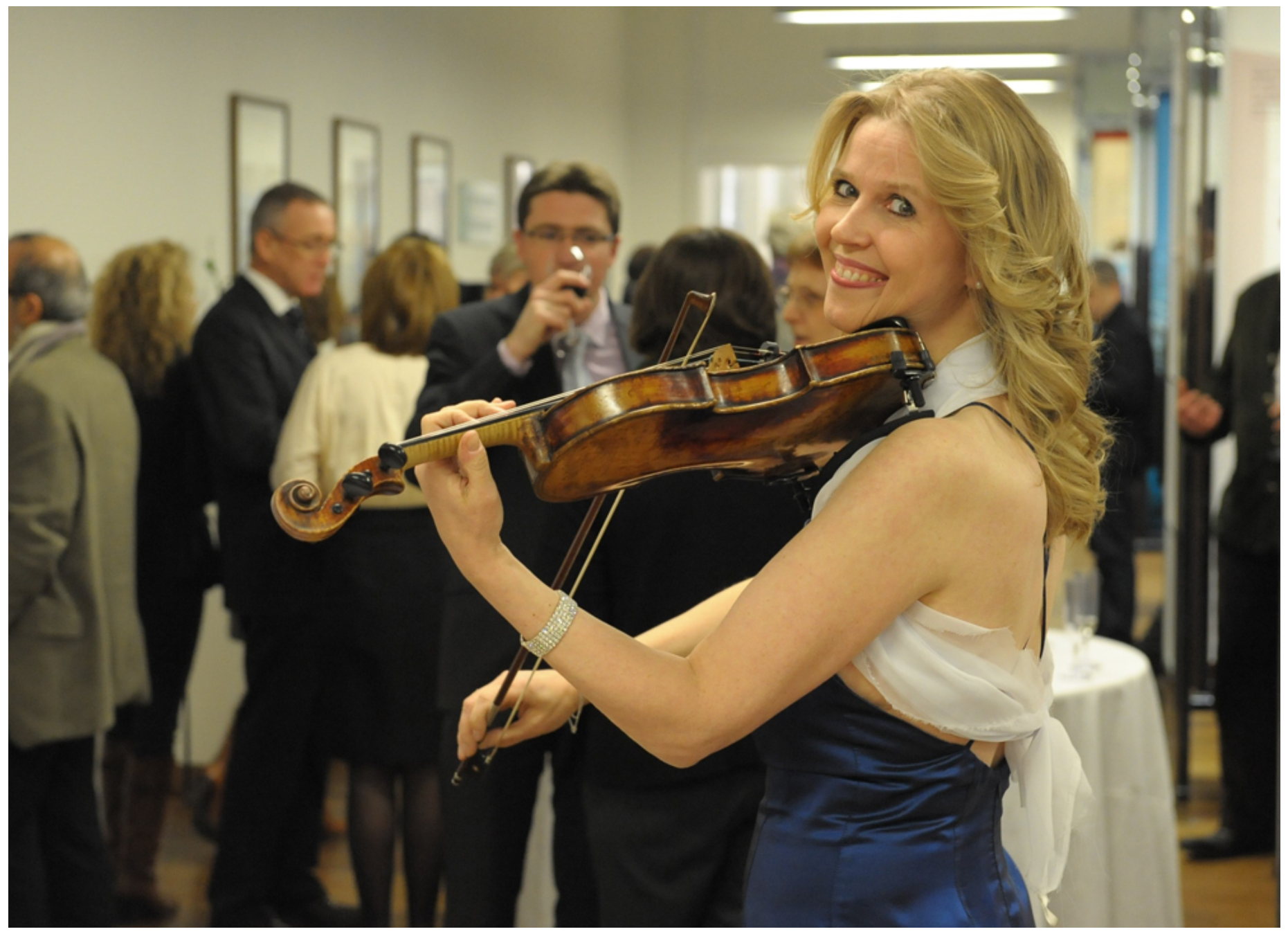Understanding Ancient Iconography – By Archpriest Boris Molchanov
In the Synod Cathedral in San Francisco, Archimandrite Cyprian has painted the iconostasis and complete interior according to the traditions of ancient Moscovy and northern Rus. If we listen to opinions concerning this iconographic style, then along with enthusiastic comments, unfortunately, one can also hear such remarks that testify to the ecclesiastical bad manners of secular critics and to their misunderstanding of the very principles of icon-painting.
Making the demands of icon-painting that can only be made of secular art, incompetent critics look at ancient icons and observe in them a violation of the laws of perspective, erroneous anatomy, non-observance of proportion.
For a correct understanding of ancient icon-painting, it is absolutely necessary to get rid of the view that it is some variant of secular painting. The principles of secular art and the principles of iconography are not only different but even opposed.
Secular painting depicts the real world, the three-dimensional world which is subject to the laws of space and time. Iconography depicts another world, a transcendental and eternal world where the laws of perspective, anatomy, fluctuation of light and shade are powerless. In iconography “there is no material nature; neither days nor nights nor gravity nor space in the human sense, nor time … The terrestrial sun never rises and sets in the celestial land of unutterable Light. And that is why changes from one tone to another, in colorful combinations, are absent. … And that is why the subjects do not cast a shadow, and we do not become aware of their weight, and their size is not subject to spatial perspective.” (Serge Makovsky)
For a correct understanding of icon-painting, it is necessary, first of all, to bear in mind that being a powerful subsidiary means of prayer for man, it must follow those demands whick flow from prayer and not those which flow from secular art. Prayer, according to ascetic rules, must be “unseen”, i.e. not arouse any clear pictorial image in the imagination. An icon must be so painted that it stimulates only one reverential feeling of presence before the Lord, and not the imagination of the Lord Himself. (the same can be said concerning the portrayal of the Mother of God, the angels and the saints.) Therefore, whereas secular art is more valuable the more it arouses a vivid picture in the beholder, iconography is more valuable the less it acts upon the imagination of the person praying.
The second ascetic rule of prayer is abstention from every attempt to attract one’s heart to participation in it by means of artificial arousal in the heart of premature conditions of special compunction or a sweet feeling of divine grace. One absolutely ought not to be concerned with tender sentiments during prayer. They come by themselves without any of one’s own efforts, exclusively by the action of God’s grace. The main concern during prayer must only be full concentration of attention on the contents of the prayer. The Holy Fathers say that one’s whole mind must be devoted to every word of the prayer. And in the course of time, such attention to prayer brings the heart into participation. The only feeling during prayer that is recommended by the ascetic rules is weeping and contrition for one’s sins. A contrite awareness of one’s sinful infirmity leads one to humility and repentance, that is, to that which is the necessary condition for correct spiritual perfection.
Now such ascetic restraint upon one’s imagination and the stirrings of one’s heart during prayer is at first achieved in a dry, tight and narrow way. But, according to the words of Christ, it is only by the “strait gate” and “narrow path” that one can enter the Heavenly Kingdom. Our natural forces, corrupted by sin, untransformed by the grace of God, cannot lead us to true feelings of sanctity. In their place, one erroneously often takes the flushes of blood and nerves for prayerful ecstasy. Such flushes have nothing in common with a genuine state of grace. The real presence in our heart of the grace of God is characterized by amazing peace, but not by flushes (Gal. 5:22). The voice of God is the voice of a “gentle breeze” (3 Kings 19:11-12), and not of excitement.
In complete conformity with this rule of prayer, iconography must not be concerned with the portrayal of the spiritual state of holy persons. Feelings of holiness and states of divine inspiration must be unknown to the humble iconographer, imbued with an awareness of his own sinfulness.
When secular painters, unacquainted with the ascetic rules and not having humility, daringly attempt to depict states of holiness only on the basis of their imagination, then instead of divine inspiration, an unhealthy hysteria inevitably results upon the canvas. It is well known how one talented painter who attempted to portray the feelings of the holy apostles at the moment of the descent of the Holy Spirit, as a matter of fact depicted an ecstatic dance of pagan priests and not the divinely inspired state of the holy apostles.
The only state which prayer and the prescribed form of an icon permit is humility and repentance. The bent figures of saints, the ascetic sternness of their faces, the prayerful inclination of the head and position of the hands – all this wonderfully evokes penitence and the seeking of the Heavenly Jerusalem.
The ancient icon constitutes one indissoluble whole with the church and subordinates itself to the architectural design. Therefore, in almost all ancient icons, “in keeping with the architectural lines of the church, mortal figures were sometimes excessively rectilineal; sometimes, on the other hand, they were unnaturally curved – in conformity with the lines of the arch. Being subject to an urge upwards for a high and narrow iconostasis, these icons sometimes became excessively elongated, the head being disproportionately small in comparison with the body, later becoming unnaturally narrow in the shoulders with the emphasis on the ascetic exhaustion of every figure (Prince Eugene Trubetskoi).
The design of an icon conveys one of the central ideas of Orthodoxy. “In that supremacy of architectural lines over the human figure, which is observed in it, is conveyed the subordination of man to the idea of the church, the predominance of the ecumenical over the individual. Here man stops being self-sufficient in his personality and is subjected to the general architecture of the whole” (Prince Eugene Trubetskoi).
The first powerful stimulus which made the Russian people acept Christianity was the beauty of Orthodox churches. The envoys of the holy Prince Vladimir, as the chronicle relates, standing in the cathedral of the Holy Wisdom in Constantinople, could not say where they were – in heaven or on earth. And this unearthly beauty, which affected the Russian people on the threshold of their Christian history, became the main inspiration for their subsequent church culture. In no other area of spiritual culture did the Russian people attain such high achievements as in the area of iconography, ancient example of which are now recognized as an unequalled contribution to the world treasure-house of art.
From Orthodox Life, Vol. 27, No. 4 (July-August 1977), pages 41-43.




















Discussion about this post